Resource Highlights
In this article, you will find out about the common symptoms, causes and fixes for best practice steering repairs.

A vehicle's steering and suspension system is an intricate network of components designed to ensure a smooth, stable and safe ride. It is also subject to significant road abuse, and as such, key parts are often prone to wear and damage. So if your customer reports that their car doesn't seem to ride like it used to, then they may have a steering or suspension issue.
However, the key word here is ‘may’. So before you start replacing parts, it's a good idea to check both the steering system, as well as all other associated components. After all, the issue could be caused by something as simple as low tyre pressure, simpler still, a loose nut, and can be easily and cheaply fixed. Here we provide a list of the common symptoms and possible causes to help you narrow your diagnosis and repair options, saving you and your customer time and money.
Symptom: Pulling to one side while driving.
The vehicle tends to pull to one side or the other. The wheel needs to be held firmly to keep the vehicle straight.
- Low or uneven tyre pressure > check tyre inflation.
- One or more wheels out of balance > balance wheels.
- Uneven or excessive tyre wear > inspect tyres, replace in pairs and check wheel alignment.
- Worn steering components > inspect tie rods and steering rack for excessive play and repair if needed.
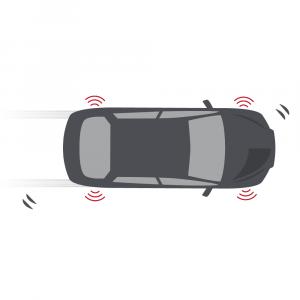
Symptom: Loose or sloppy steering
Steering has excessive play and wanders from side to side.
- Worn strut bearings > inspect strut bearings for play and replace in pairs.
- Worn or broken tie rods or steering rack > inspect steering components and replace as necessary.
- Worn ball joints > inspect ball joints and replace if needed.
- Broken steering rack mounts > inspect steering rack mounts and repair or replace (some cars can be fixed, others require replacement of the entire steering rack.)
- Loose steering components > tighten all components to recommended torque.
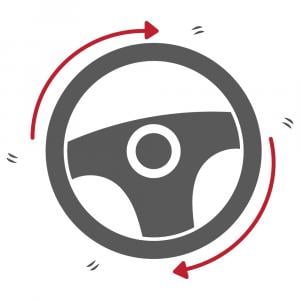
Symptom: Hard steering.
The steering wheel becomes harder to turn, especially at slower speeds.
- Low tyre pressure > check tyre inflation.
- Poor wheel alignment > check and adjust wheel alignment.
- Power steering fluid low > check power steering fluid and add if needed. Inspect power steering lines for any leaks and repair if required.
- Contaminated power steering fluid > flush and refill the system with fresh fluid.
- Worn or damaged power steering belt > inspect power steering belt and replace where necessary.
- Faulty power steering box, rack or pump > inspect and adjust/replace relevant components.
- Worn or damaged steering gear > lubricate and repair if needed.

Symptom: Vehicle wanders.
The direction of the car needs to be constantly adjusted.
- Poor wheel alignment > check and adjust wheel alignment.
- Severely worn or out of spec front wheel bearings > replace or adjust bearing.
- Worn ball joints > inspect ball joints for play and replace if needed.
- Loose steering components > tighten all components to recommended torque.
- Vehicle is overloaded or weight distributed unevenly > adjust load accordingly.
- Damaged steering component > replace as appropriate.
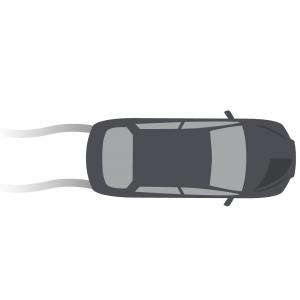
Symptom: Clunking over bumps or turning.
Feeling clunks and knocks through the steering wheel when you go over bumps or even cracks in the road.
- Worn ball joints > inspect ball joints for play and replace if needed.
- Worn or damaged steering gear > check steering gear, lubricate and replace where necessary.
- Loose steering components > tighten all components to recommended torque.
- Something rubbing against or knocking steering column > review and adjust accordingly.
- Tyres rubbing against or knocking something > review and adjust accordingly.
- Broken suspension spring > replace spring.
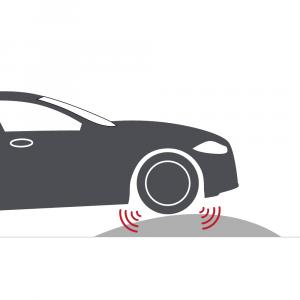
Symptom: Noises from the power steering unit.
Whining or moaning sound when steering wheel is turned all the way in one direction.
- Power steering fluid low > check power steering fluid and add if needed. Inspect power steering lines for any leaks and repair if required.
- Air trapped in power steering fluid > flush and bleed the power steering system of air.
- Damaged or loose power steering drive belt > adjust or replace as necessary.
- Damaged or loose mount for power steering pump > adjust or replace as necessary.
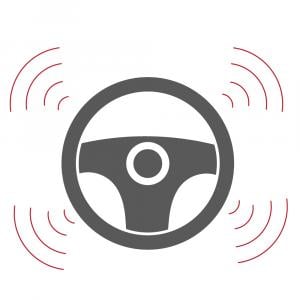
Symptom: Vibrating steering wheel.
Excessive vibration through the steering wheel.
- Warped or damaged discs or drums > service and/or replace discs or drums.
- Worn ball joints > inspect ball joints for play and replace if needed.
- One or more wheels out of balance > balance wheels.
- Severely worn or damaged tyres > inspect tyres and replace in pairs.
- Damaged wheels > inspect wheels and replace as needed.
- Loose steering components and/or wheel nuts > tighten all components to recommended torque.
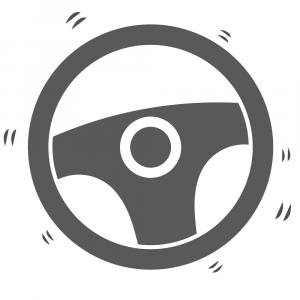
SIGN UP TO FIND MORE
Fill up your details to hear more from our experts and get the latest updates from Delphi.



